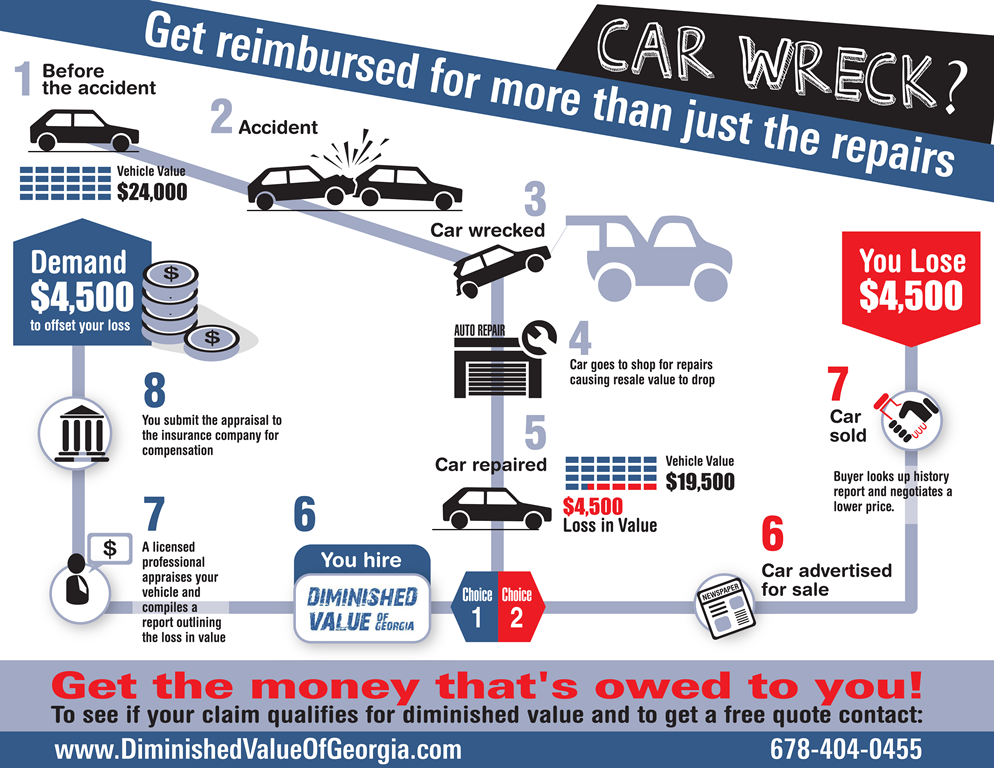Recognizing Your Automobile'S Caution Lighting: What Do They Actually Mean?
Recognizing Your Automobile'S Caution Lighting: What Do They Actually Mean?
Blog Article
Web Content Writer-Hartley Dalgaard
When you lag the wheel, those beautiful warning lights on your control panel can be a bit complicated. Do you recognize what they're trying to inform you about your car's health and wellness? Recognizing https://www.aftermarketnews.com/agility-auto-parts-acquires-automotive-parts-distribution-international/ of these lights is vital for your safety and the longevity of your automobile. So, the next time one of those lights appears, would not you intend to understand its message properly and take the needed steps to address it?
Common Warning Lights and Interpretations
Identify usual warning lights in your vehicle and recognize their meanings to make certain secure driving.
The most regular warning lights include the check engine light, which indicates issues with the engine or exhausts system. If this light comes on, it's vital to have your automobile inspected without delay.
The oil pressure advising light shows reduced oil pressure, calling for immediate interest to avoid engine damages.
A flashing battery light could recommend a defective billing system, potentially leaving you stranded otherwise resolved.
The tire stress monitoring system (TPMS) light notifies you to reduced tire stress, impacting lorry security and gas effectiveness. Ignoring this can result in unsafe driving problems.
The abdominal light suggests a trouble with the anti-lock braking system, jeopardizing your ability to quit rapidly in emergency situations.
https://brakepadsnearme16150.frewwebs.com/31800472/eager-to-uncover-the-very-best-automobile-repair-shop-close-by-have-a-look-at-the-top-10-tips-that-will-assist-you-reach-an-educated-choice but not least, the coolant temperature level alerting light warns of engine getting too hot, which can lead to extreme damage if not solved swiftly.
Understanding these common caution lights will aid you address concerns quickly and maintain risk-free driving problems.
Value of Prompt Interest
Understanding the typical warning lights in your vehicle is just the initial step; the relevance of promptly dealing with these cautions can not be emphasized sufficient to ensure your safety when traveling.
When a warning light illuminates on your control panel, it's your car's way of communicating a potential problem that needs interest. Neglecting these cautions can result in much more extreme troubles later on, jeopardizing your safety and security and possibly costing you more out of commission.
Trigger focus to advising lights can stop break downs and mishaps. For example, a blinking check engine light might suggest a misfire that, if left unattended, could create damages to the catalytic converter. Resolving this quickly can save you from a costly repair service.
Similarly, a brake system warning light could signify low brake liquid or worn brake pads, vital parts for your safety and security when driving.
Do It Yourself Troubleshooting Tips
If you discover a warning light on your control panel, there are a couple of do it yourself troubleshooting suggestions you can attempt prior to seeking expert help.
The very first step is to consult your vehicle's handbook to recognize what the specific warning light indicates. Sometimes the concern can be as easy as a loose gas cap triggering the check engine light. Tightening the gas cap may deal with the trouble.
Another usual issue is a reduced battery, which can activate different cautioning lights. Checking the battery links for corrosion and guaranteeing they're secure could take care of the problem.
If a caution light continues, you can attempt resetting it by disconnecting the vehicle's battery for a few mins and afterwards reconnecting it. Furthermore, examining your automobile's fluid levels, such as oil, coolant, and brake fluid, can assist repair cautioning lights associated with these systems.
Final thought
In conclusion, recognizing your automobile's caution lights is vital for maintaining your vehicle running smoothly and safely. By promptly addressing these signals and recognizing what they indicate, you can avoid costly fixings and potential break downs.
Keep in mind to consult your car's handbook for certain information on each advising light and take action accordingly to make sure a hassle-free driving experience.
Keep notified, remain risk-free when driving!
